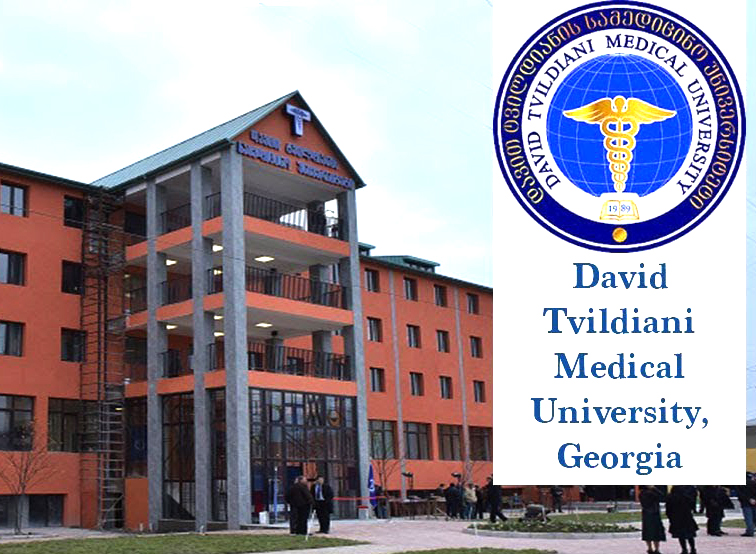Gigantism, also known as giantism is a condition characterized by excessive growth and height significantly above average. In humans, this condition is caused by over-production of growth hormone in childhood before the long bone epiphyses closes resulting in persons between 7 feet (2.13 m) and 9 feet (2.74 m) in height.
Symptoms
Gigantism is characterized by extreme growth. Children with gigantism are very tall for their age and may also have the following conditions:
Enlarged hands, fingers, toes, head or tongue
Excessive sweat production
Headaches
Irregular menstrual periods in teens
Late onset of puberty
Production of breast milk (galactorrhea)
Unusually large jaw, prominent forehead, and thick facial features
Vision distortion, such as double vision and problems with peripheral vision
Weakness and tingling in the arms and legs due to enlarging tissues compressing nerves.
Causes
Gigantism is caused by an overproduction of growth hormone (GH) that occurs in childhood before the bone growth plates have closed. Diseases, disorders and conditions that can cause GH overproduction leading to gigantism include:
Benign tumors of the pituitary gland, which press on the pituitary gland and cause excessive GH production. This is the most common cause of gigantism.
Carney complex (rare gene mutation that causes a high risk of certain tumors including pituitary adenoma)
McCune-Albright syndrome (syndrome caused by a gene mutation)
Multiple endocrine neoplasia type 1 (inherited disorder that causes tumors to form in endocrine glands and makes them hyperactive)
Neurofibromatosis (genetic disorder causing tumor growth).
Treatment
Treatment of gigantism may involve a combination of techniques to reduce or regulate the pituitary gland’s release of growth hormone (GH). The exact treatment plan will vary based on the underlying cause of the overproduction of GH.
Mdical treatmets
Medications may be used to reduce GH release, block the effects of GH, or prevent growth in stature. They include:
Dopamine agonists, such as bromocriptine mesylate (Cycloset, Parlodel) and cabergoline (Dostinex), which reduce GH release
GH antagonist, pegvisomant (Somavert), which blocks the effects of GH
Sex hormone therapy, such as estrogen and testosterone, which may inhibit the growth of long bones
Somatostatin analogs, such as octreotide (Sandostatin) and long-acting lanreotide (Somatuline Depot), which reduce GH release.
Other treatments of gigantism
Other treatments of gigantism include:
Radiation of the pituitary gland to regulate GH. This is generally considered the least desirable treatment option because of its limited effectiveness and side effects that can include obesity, emotional impairment, and learning disabilities
Surgery to remove a pituitary tumor, which is the treatment of choice for well-defined pituitary tumors






